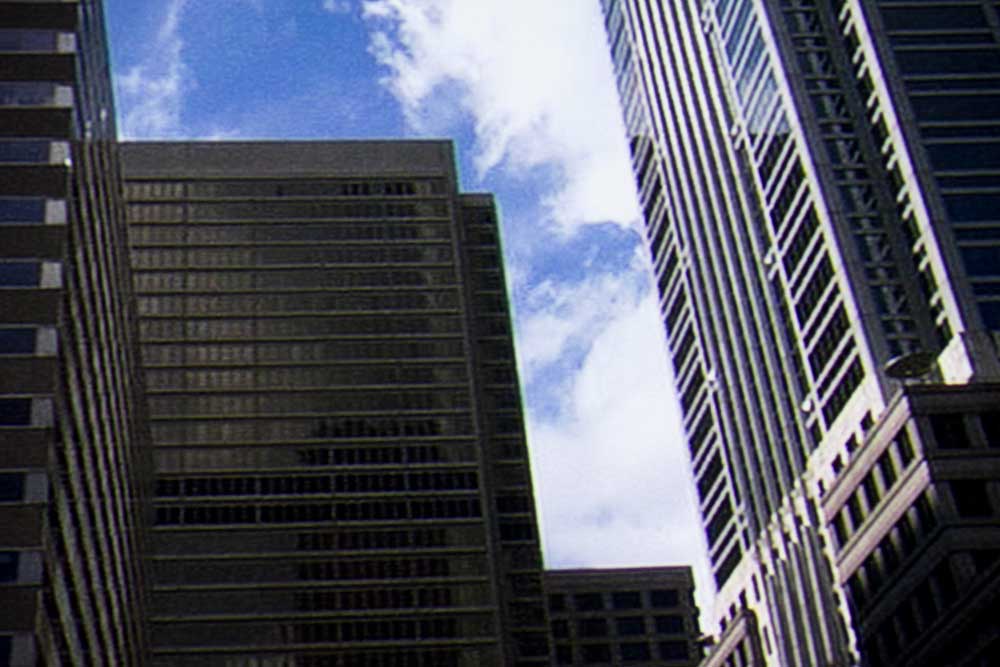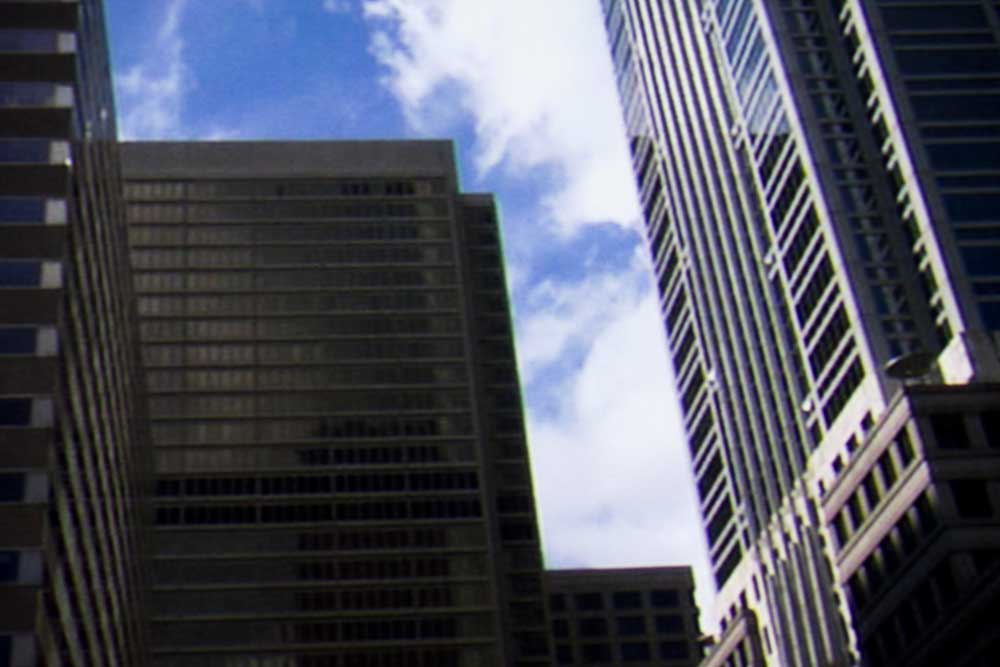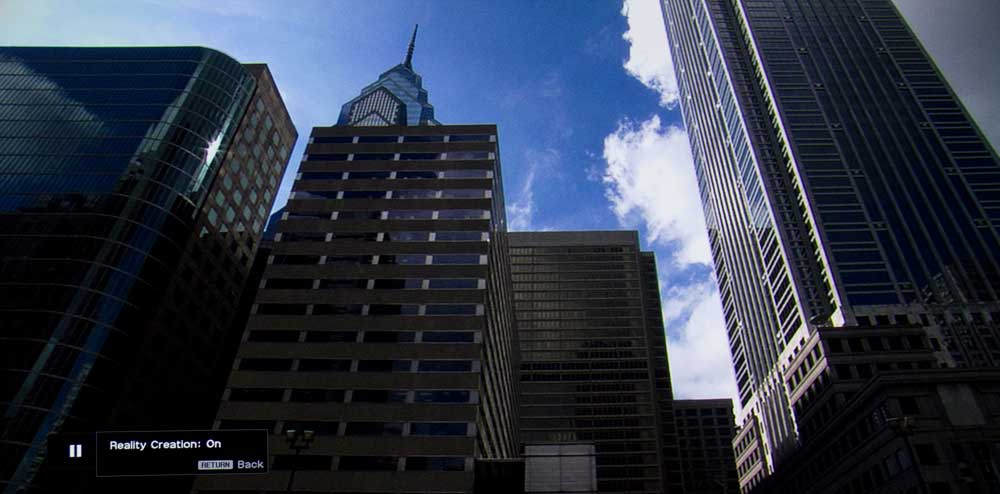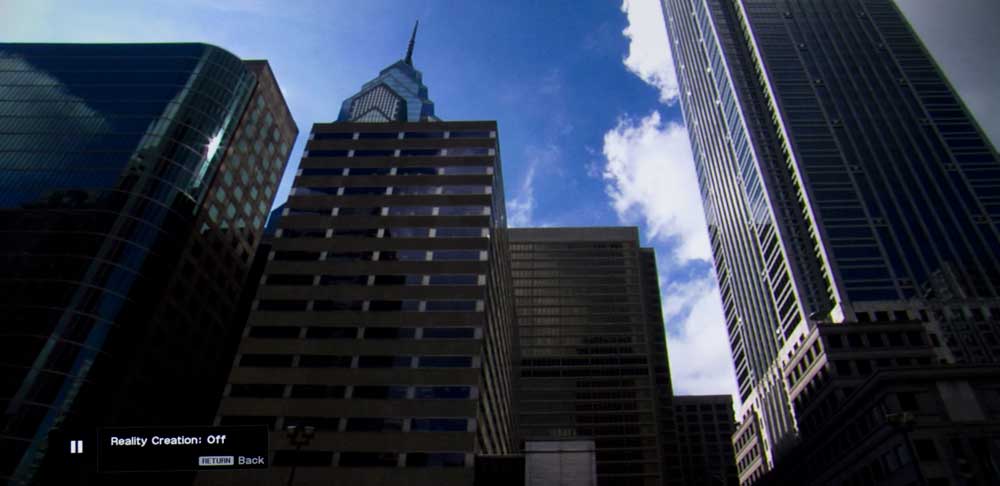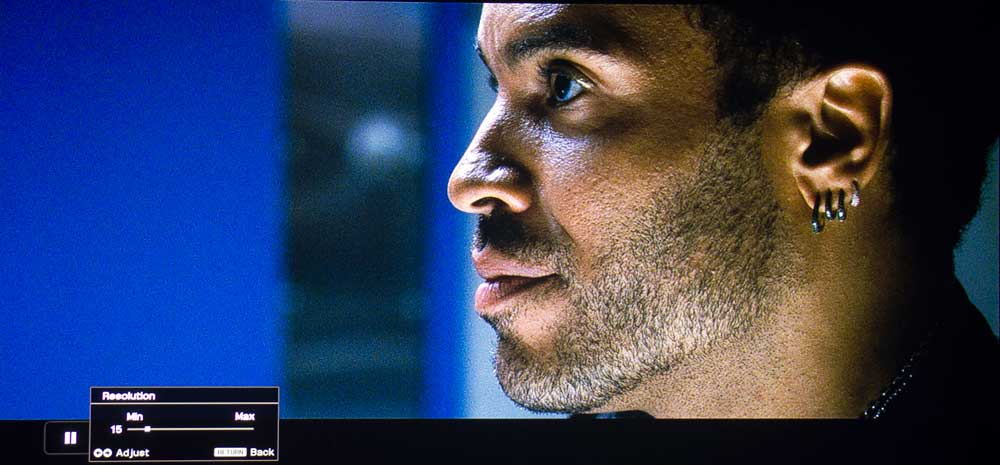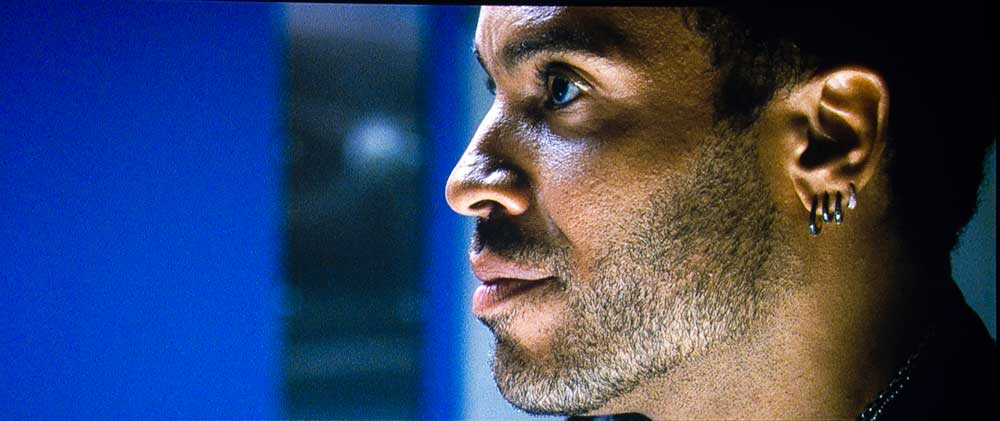Sony VPL-FHZ65 Laser Light Engine
Sony now has a number of laser light engine projectors in their commercial (and home) projector lineup.
Here's a Sony provided image showing the rough design of the laser light engine:
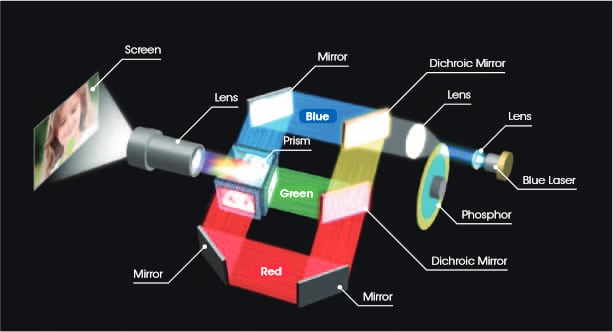
Diagram of laser light engine used in Sony FHZ series projectors.
As you can see from the diagram, the Sony relies on a blue laser passing through a "phosphor" filter to create white light. That light is then split up, using dichroic prisms into three streams, passing through filters to generate red, green, and blue beams, which in turn pass though their respective LCD panels. A dichroic prism then re-assembles the light into a single image.
That's all well and good, but what matters are the properties of the laser light engine compared to traditional "UHP" lamps. The primary benefits are:
- Far longer life - estimated at 20,000 hours
- Virtually no color shift over the life of the laser engine
- Dimming of the laser light occurs but it is relatively slight especially when considered over short time frames such as 1000 hours of use. By that much time, with a lamp, there is a very visible color shift.
Maintaining Image Consistency
This Sony laser projector is aware of its out of the box parameters. Over time, as the laser/phosphor combination causes minor shifting in picture balance, the Sony can compare that against original performance to maintain a consistent image over long periods of time.
Since the Sony come with excellent color accuracy right out of the box, this is a great feature, but it could be better. It would be even more ideal if the Sony could also store such performance information following a calibration. There may be special applications where the standard color is not what is needed for that application. In such cases, the projector could be calibrated for the right requirements, and then, down the road the Sony could compare "current" performance, against the calibrated initial setup, rather than the out of the box setup. This should be needed primarily for unique applications though.
Sony FHZ65 lacks 3D
I thought this worth a mention. There's a reasonable logic behind excluding 3D capability from this Sony.
If the application calls for 3D, it is most likely that it would be a large room application (based on the brightness of these Sony projectors). In such a case, that implies a lot of people watching, so that it would be most desirable to go with passive 3D glasses, rather than active.
Thus the no built in 3D - which is normally active 3D. Two FHZ65 projectors could be stacked, and used in conjunction with a filter system to provide passive 3D, but there is no inherent special firmware needed to accomplish that. There would be a timing issue, but that too can be accomplished externally.
[sam_pro id=1_107 codes="true"]
Reality Creation is Sony's intelligent detail and sharpness enhancement solution. We've written, video'd and explained it many times in the past. In these images above, the first two pair show Reality Creation on with the default (and "moderate") setting of 30, and then the same image with it off. You are viewing the same image between the first and second pairs, the only difference is that the camera is zoomed in on a smaller area to better show the differences on the second pair.
[sam_pro id=1_126 codes="true"]
The last pair - of Cinna from The Hunger Games shows first, Reality creation On with a setting of 15, so as the detail in his beard and face aren't "over the top", but the second image is with RC off, which still just slightly a softer image. The difference between Off and 30 is far more dramatic. The range on the control is from 0 to 100!
If you want more visual examples covering a wider range of settings, check out the Reality Creation section in the 4K VW1100ES home theater projector review. I should note, that in a home theater environment, a challenge is to not go over the top, for example end up with grainy looking, but exceptionally sharp appearing images. In a commercial world, often "over the top" is desired. As a result, in a home theater environment, rarely would anyone go above 30 to 50 on the 0-100 scale. For business use, more might be appropriate depending on the goal. More (to a point), for example, might be very beneficial when dealing with fine lines such as with an architectural drawing. -art


